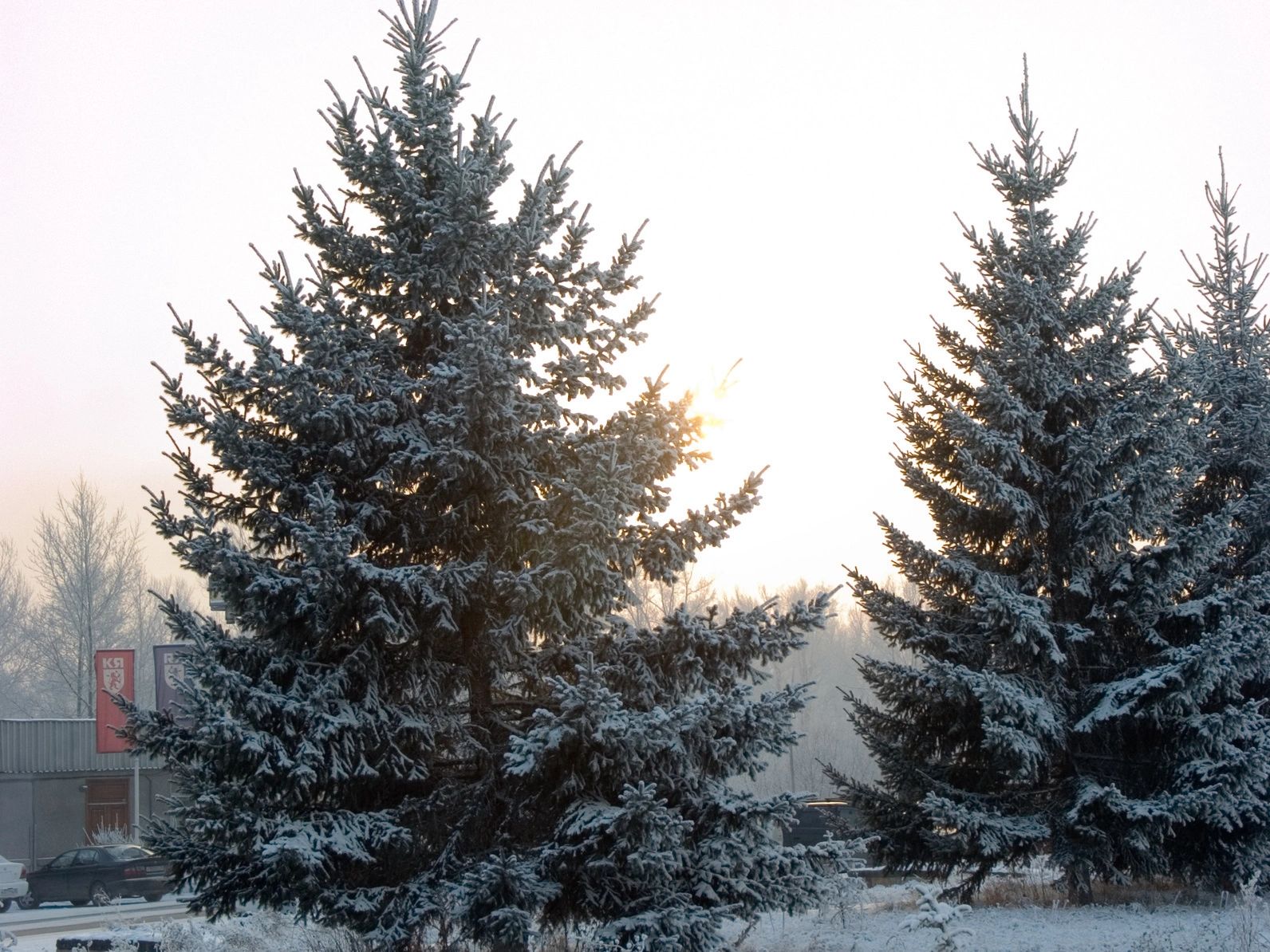The milder winter and progressively warmer temperatures are profoundly influencing the hibernation habits and migratory behavior of Ontario’s wildlife. At least one expert has voiced uncertainty regarding the long-term impact of climate change on ecosystems.
Recently, the provincial government issued a cautionary statement advising residents to exercise caution around bears, noting reports of early emergence from hibernation. The statement attributed this behavior to the mild winter and reduced snowfall.
In January 2023, the Ontario government commissioned a report which was quietly released, indicating that by the end of the century, the province is projected to encounter over 60 days annually with temperatures exceeding 30 degrees Celsius.
Typically, these areas of the province currently face approximately 18 days of extreme heat per year. Consequently, instances of extreme cold days are anticipated to decrease, plummeting from an average of more than 55 days annually in northern Ontario to around 12 days per year by 2080.
According to a statement from a spokesperson for the Minister of Natural Resources and Forestry, bears typically emerge from hibernation in central Ontario from early to mid-April, while in Northern Ontario, they emerge from mid-April to early May.
“With the unseasonably warm temperatures, bears may be emerging early or in some cases, be flooded out of their dens,” a spokesperson said. “Some bears might find another spot to sleep or may start searching for food and because of this we have opened the bear reporting line one month early.”
Langlois noted that climate change is affecting population dynamics as well. For instance, robins are migrating to Canada but face a scarcity of insects for sustenance. Additionally, red foxes are expanding their range northward, displacing arctic foxes from their traditional habitats.
“All over Canada there are examples of differences of dealing with either shorter winters or milder winters or less sea ice, less ice on lakes. And for sure we’ll see impacts of that on many species,” Langlois said.
“The changes happening right now are very quick, very rapid, which does prevent a whole lot of wildlife species to adapt… We’ll see how population trends and distribution and all those things will evolve over time.”



